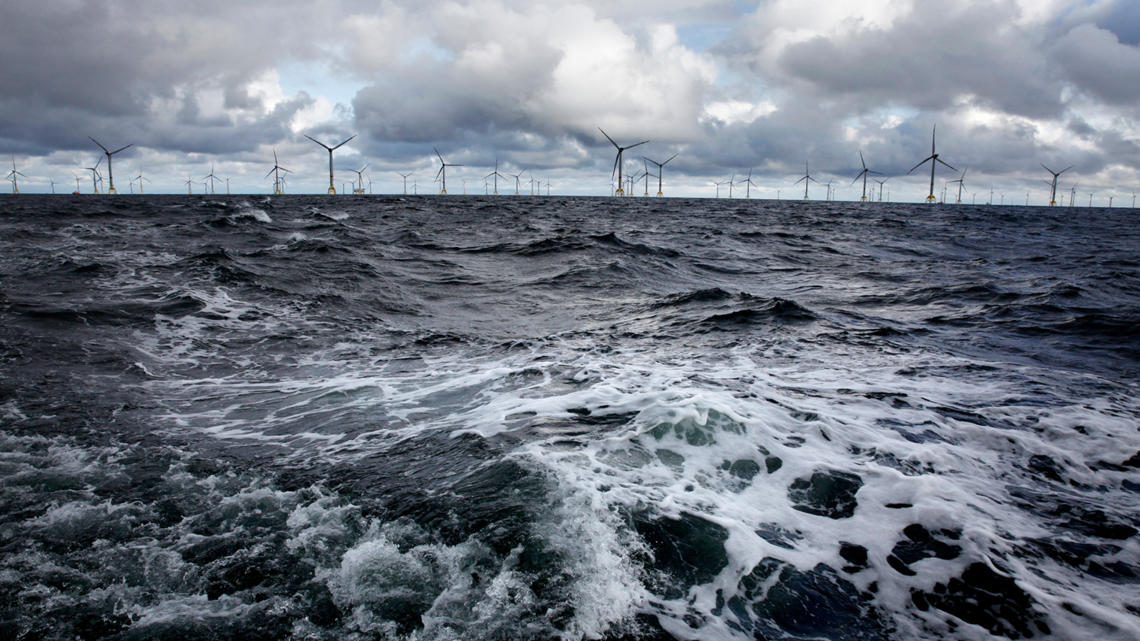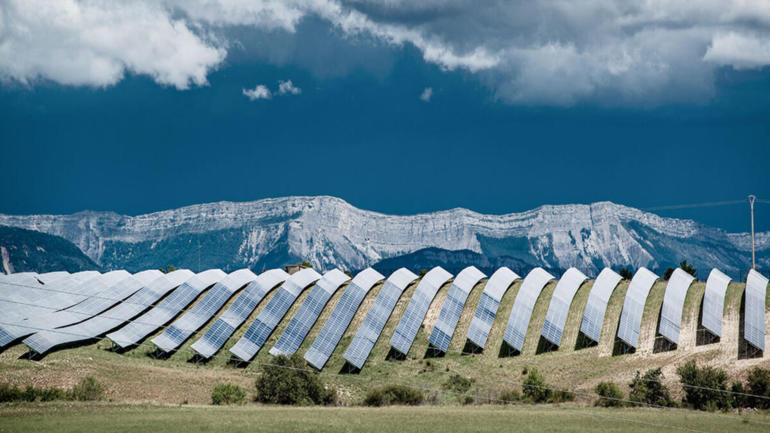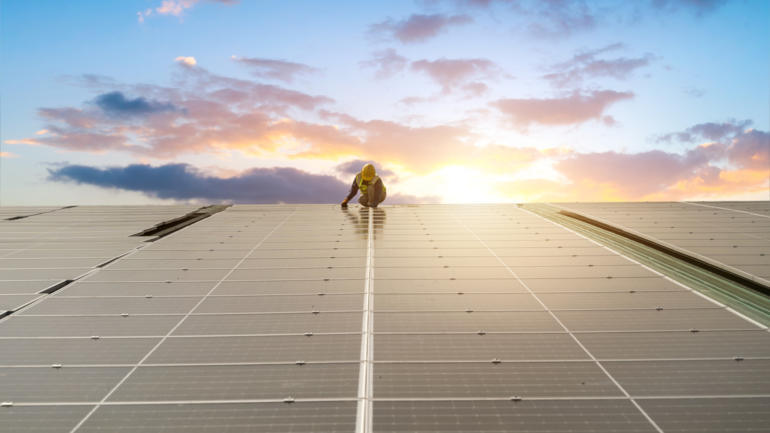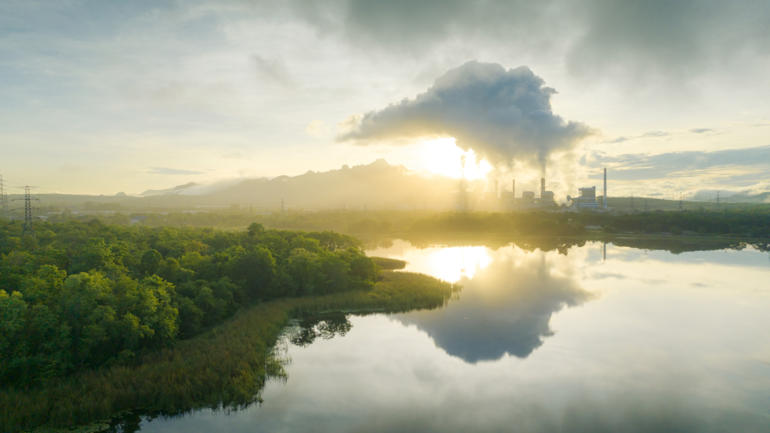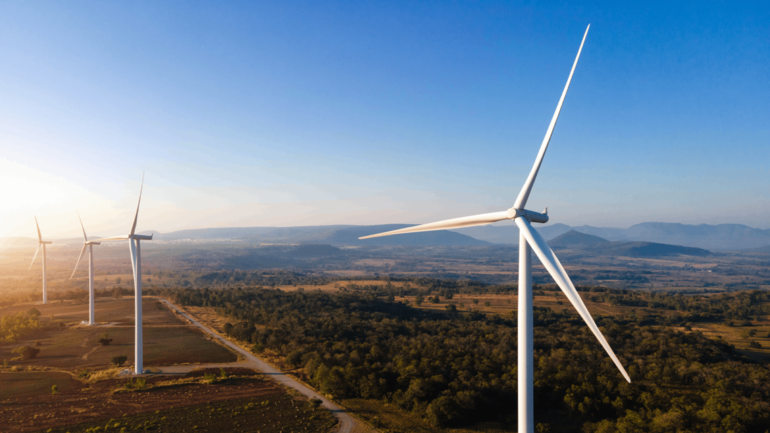WBCSD has launched a new Talanoa blog series to demonstrate that business is taking action to implement climate commitments that support and accelerate ambitious climate action.
This Talanoa blog series is a strong complement to our policy strategy and is designed to give policymakers the confidence they need to ramp up climate commitments (NDCs) on the road to COP24 and to COP26 in 2020.
Examples focus on innovative solutions, jobs created, as well growth and cost savings numbers as a result of climate action. Read them to see what motivates our member companies to take climate action and how these actions are good for growth.
Iberdrola's Talanoa blog
Talanoa Dialogue: a key platform to show the link between successful business stories and climate action
After almost one year of having a very active role in the technical phase of Talanoa Dialogue and in some of the most encouraging events at regional and global level (e.g. EU Talanoa conference in Brussels, GCAS at San Francisco and NYC Climate Week), our takeaways from the experience are very positive.
Our formal input at the dialogues set under the UNFCCC process and the conversations with global stakeholders have allowed Iberdrola to send an optimistic message on the wide variety of opportunities that arise from a business strategy aligned with climate goals. This message is based on our own experience and constitutes a robust ground to advocate for ambitious policy frameworks.
Nearly two decades ago, Iberdrola understood that climate change was a real challenge that required urgent action and realized that through the electrification of the economy, the electricity sector would play a key role in delivering solutions… Since then, Iberdrola has led the energy transition towards a sustainable model through investments in renewable energy, smart grids, large-scale energy storage and digital transformation, offering the most advanced products and services to its customers.
With a workforce of 34,000 people, assets worth €110 billion and renewable generation capacity of nearly 30,000 megawatts (MW), the company is fully committed to contributing to a sustainable and competitive energy model.
From the energy sector perspective, we could sum up our story in three ideas. They are simple and sound.
First: The energy sector is at the root of both the problem and the solution
Climate change is mainly caused by the current energy model based on fossil fuels. So, if we want to tackle climate change, we need to decarbonize our energy model through energy efficiency and renewable energies.
The good news we have stressed throughout this year is that decarbonizing the world energy sector by 2050 is possible both technologically and economically. Thanks to the recent revolution of clean energies (RES, batteries, digitalisation...), these scenarios, which only a few years ago were complex and costly, are now viable.
The recent IPCC Special Report on Global Warming of 1.5oC shows that limiting global warming to 1.5°C is still possible; however, it will require rapid, deep and unprecedented changes in all aspects of society. All 1.5°C pathways involve 45% reduction on 2010 levels by 2030 and reaching net zero around 2050; but also an increase of adaptation and mitigation investments. Transformation should go hand in hand with ensuring sustainable development and eradication of poverty, in line with the Sustainable Development Goals (SDGs).
Low-carbon solutions are not only viable, but they are also desirable. A change to a clean energy model will make it possible to combat climate change, and will also improve the air quality of our cities and the health of our citizens. This will lead to a more affordable and secure energy in the medium term while creating multiple economic and job opportunities in the fast-growing green industry all over the world.
Second: Technologies are ready to play their role on a deep decarbonization pathway but policy frameworks are lagging far behind
We have the technologies to change energy models, companies are ready to invest, banks ready to finance... What we need are ambitious short, medium and long term targets, to remove existing barriers and strong policies to achieve those targets.
Targets for 2030 and 2050 are required for capital-intensive and long-term investments to take place. Some say that 2050 is too far away but setting the path is important to make sure that 2030 strategies are consistent with the end point in 2050, so there are neither lock-in investments nor stranded assets on the way.
Of the various policies needed, we would like to highlight one which we consider essential: environmental tax reform, based on the “polluter pays” principle, by putting a price on CO2 and other pollutants, to eliminate current distortions and send the price signal to investors and consumers. Environmental fiscal reform is not the silver bullet but it is absolutely a necessary piece of the solution.
Third: All of us should be “on board” to face this huge systemic challenge
The fight against climate change requires alliances that bring in all the agents involved. We have to transform the whole economic system, and in particular the way in which we produce and use energy. The challenge is such that neither companies, nor governments nor civil society can move forward alone. Not only public-private collaboration is important, it is the only way to advance in a sustainable manner.
We think that, fortunately, we are already making progress, and partnerships between the administration, NGOs and companies in the field of climate change are becoming a reality. We all should congratulate ourselves for it; but we all must commit to continue working hand in hand, and with greater urgency, in the conviction that it is the only way forward.
And in this respect, we would like to stress the need to pay attention to the most vulnerable groups, communities and sectors. A clean and efficient energy model will create a better world for all, but in the energy transition, there will be those who do not benefit and we have to find ways to ensure that no one is left behind in the process. We need all on board, because everyone has a role to play.
Finally, we wish to stress that the current situation is very different from the one we had five years ago. The revolution of clean technologies and the evolution of markets allow us a breakthrough change in the energy model and we should take this opportunity!
The decisions we make today, and those we do not make, will shape the energy model of the next 50 years and to a large extent the possibilities of tackling climate change successfully. We have the technologies, the companies are willing to invest and we need policies -that clearly indicate the roadmap to follow- and alliances bringing in all the agents involved.
We will be very happy to continue participating in the Talanoa Dialogue at COP 24 and in the potential next stages, always providing a positive and bold message on the opportunities from an ambitious approach on climate action.

